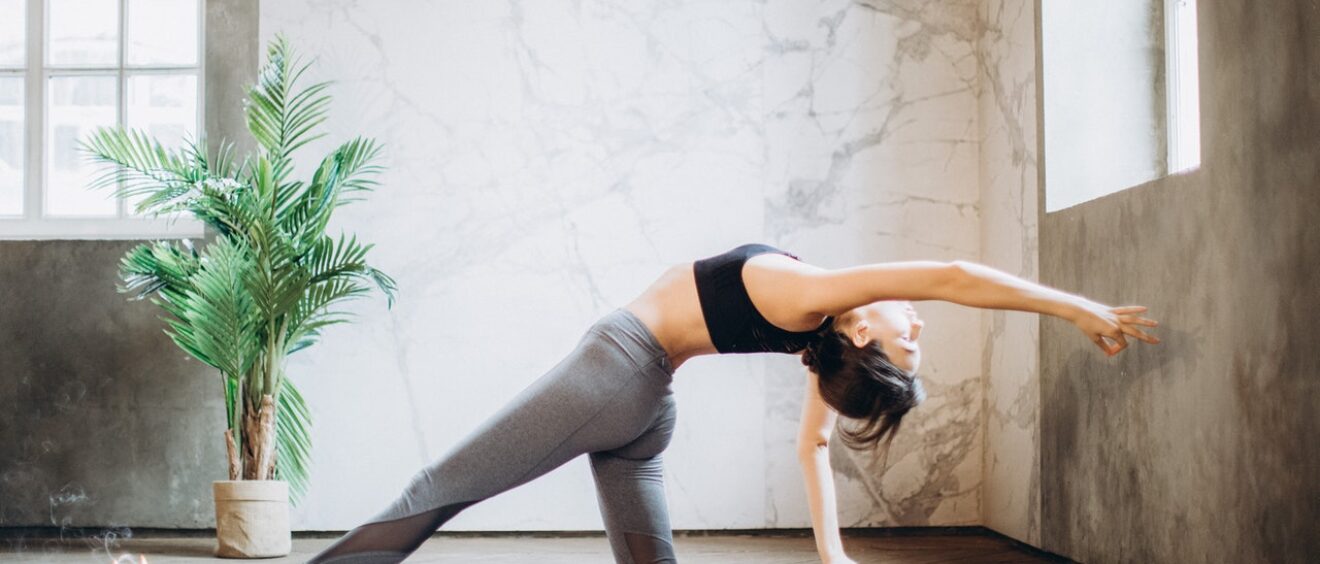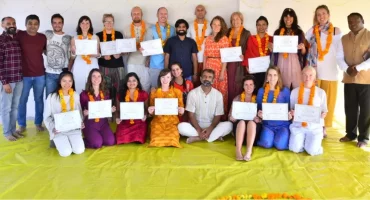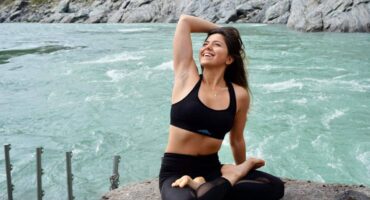
Unveiling the Yoga Trifecta: Hatha, Vinyasa, and Ashtanga Compared
In the world of yoga, the choices can be overwhelming. Among the most popular styles are Hatha, Vinyasa, and Ashtanga yoga. Each brings its own unique approach to the mat, catering to different preferences and goals. In this blog post, we’ll dissect these three prominent yoga styles, highlighting their differences, benefits, and who might find each one most appealing.
1. Hatha Yoga:
– Focus: Hatha yoga is the foundation of all physical yoga practices, emphasizing the balance of opposing forces (ha = sun, tha = moon).
– Pace: Gentle and slow-paced, with longer-held poses.
– Breath: Emphasis on breath awareness and control, synchronizing it with movements.
– Benefits: Builds strength and flexibility, fosters relaxation, and cultivates mindfulness.
– For Whom: Ideal for beginners, those seeking a gentle introduction, and individuals looking for a balanced and holistic practice.
2. Vinyasa Yoga:
– Focus: Vinyasa means “flow” – this style is characterized by linking breath with movement in a continuous, flowing sequence.
– Pace: Dynamic and fast-paced, with smooth transitions between poses.
– Breath: Key emphasis on breath, with each movement synchronized to inhales and exhales.
– Benefits: Enhances cardiovascular health, builds endurance, and improves flexibility.
– For Whom: Suited for active individuals looking for a dynamic, challenging, and invigorating practice.
3. Ashtanga Yoga:
– Focus: Ashtanga is a rigorous, structured style that follows a specific sequence of postures.
– Pace: Fast-paced and physically demanding, with precise movements and specific breath patterns.
– Breath: Utilizes Ujjayi breathing to generate internal heat and focus the mind.
– Benefits: Builds strength, flexibility, and promotes a disciplined practice.
– For Whom: Physically fit individuals seeking a rigorous and challenging practice with a strong emphasis on discipline and structure.
Comparative Analysis:
– Philosophy:
– Hatha: Focuses on the balance of opposing forces, emphasizing the union of mind, body, and spirit.
– Vinyasa: Emphasizes the dynamic flow of postures, connecting breath with movement to create a seamless practice.
– Ashtanga: Follows a set sequence of postures, with a strong emphasis on discipline and structured practice.
– Pace and Flow:
– Hatha: Slow and steady, with an emphasis on holding poses for extended periods.
– Vinyasa: Dynamic and fluid, with continuous movement and smooth transitions.
– Ashtanga: Fast-paced and intense, with specific breath patterns and precise movements.
– Breath Awareness:
– Hatha: Emphasizes breath awareness, but not as dynamically as in Vinyasa and Ashtanga.
– Vinyasa and Ashtanga: Place significant emphasis on synchronizing breath with movement.
– Suitability:
– Hatha: Ideal for beginners, those seeking a gentle practice, and individuals looking for a balanced approach.
– Vinyasa: Suited for active individuals looking for a dynamic, invigorating practice.
– Ashtanga: Best for physically fit individuals seeking a structured and disciplined practice.
Conclusion:
In the grand tapestry of yoga, Hatha, Vinyasa, and Ashtanga are threads woven with distinct characteristics and offerings. Understanding their differences allows practitioners to align their preferences and goals with the style that resonates most. Whether seeking balance, fluidity, or discipline, each of these styles holds the potential for a transformative and enriching yoga journey. Embrace the diversity, and let your mat be the canvas for your unique practice. Join Yoga in Rishikesh at our Ashram i.e actully Yoga School in Rishikesh for 200 hour yoga ttc in rishikesh you can also called it 200 hour yoga teacher training in rishikesh





